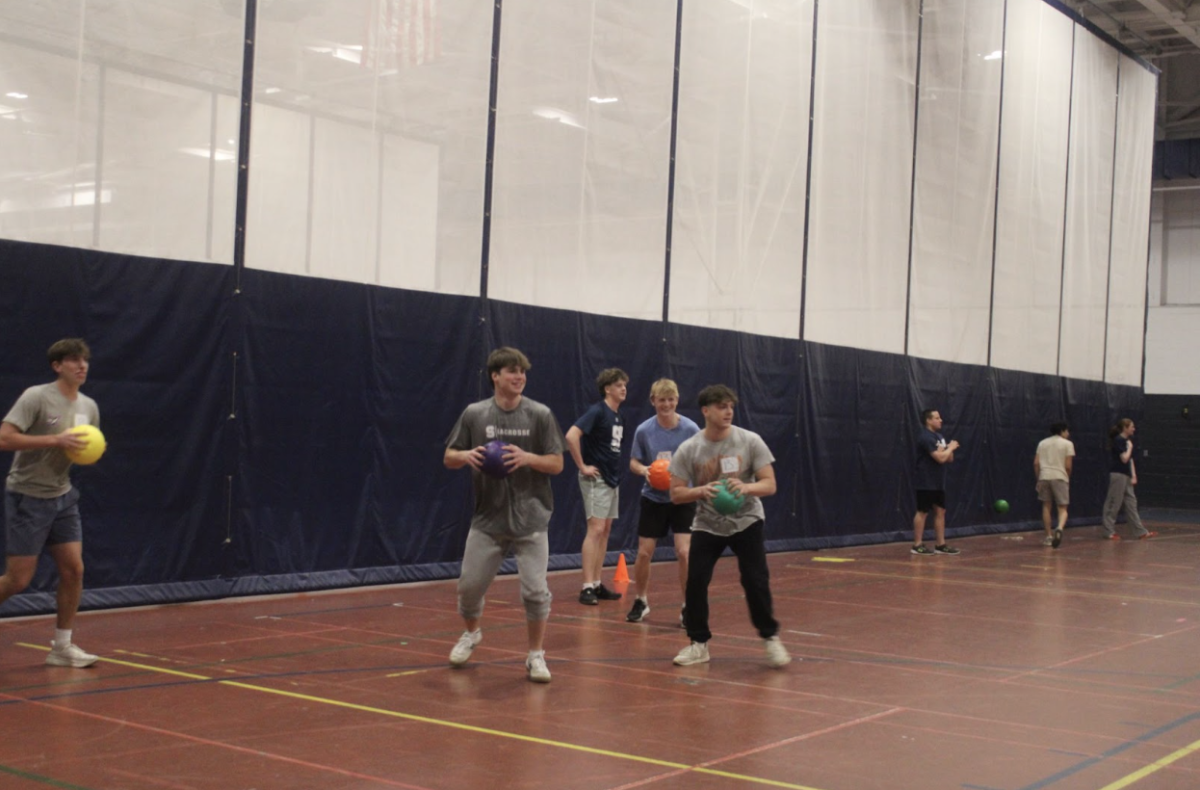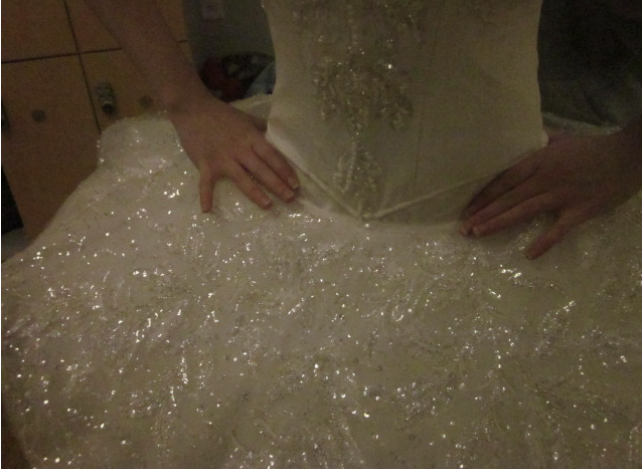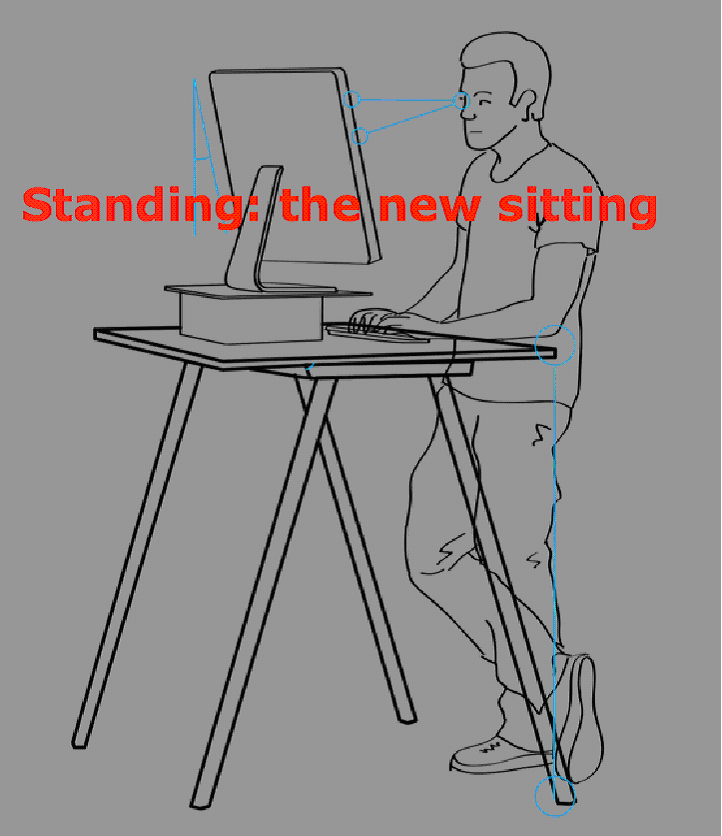Stand in to a new era of human health
Over the past couple of weeks, my gym teacher, Mr. Doornwerd, assigned all his junior physical education classes to stand for a total of 15-20 minutes a day for five consecutive days. What prompted him to do so was not to make us look ridiculous by being one of the many students in our classes to stand, which did happen to me, but because of his recent discovery that will not stand in the modern age of human health.
As an introduction to the project, he had us all read an article in Time on the health effects of sitting for portions of the day, when you could just as easily be standing. One statistic I found especially surprising from that article was, “A recent review of 43 studies analyzing daily activity and cancer rates found that people who reported sitting for more hours of the day had a 24% greater risk of developing colon cancer, a 32% higher risk of endometrial cancer and a 21% higher risk of lung cancer—regardless of how much they exercised.”
Sitting is being referred to as the new smoking, and with these findings, it makes it feel even more real. The stages are still early and I admire Mr. Doornwerd’s attempt at the precautionary principle, however, tackling this problem in school has been controversial among students as the project continues.
“It’s really distracting when I have to stand and take notes or write an in class paper while standing. The desk are low and we have to bend down to reach them,” Samantha Sheppard ’16 said, “This can be incredibly distracting while trying to do assignments. I believe I speak on behalf of my classmates when I say that it can be more of a distraction than a benefit during class.”
While Sheppard may think that the rest of her classmates feel as she does, some actually feel quite the opposite, including me. Standing in class helps me pay attention because I am not tempted to doodle, play on my computer, on slouch down to use the chair’s backrest as a head rest.
“So, as someone who definitely struggles with staying awake in class because of a lack of sleep otherwise, I found it kept me more focused and conscious,” Keanan Pucci ’16 agrees, “I can see how it might not be many student’s preference but for me, the benefit to focus far outweighs the slight discomfort of standing.”
While Pucci and I, are on opposite sides of the issue than Sheppard, we both share her insight that the desks and classroom set ups are not accommodating to this kind of learning.
“The main problem I’ve had so far is not having a table to use or not being comfortable asking the teacher if I can stand. Otherwise, I feel like standing in some classes would usually make my day better,” Pucci said.
In Rochester, Minn., for example, Dr. Levine tried the standing while working theory with Apple’s help. Sensors were put on the legs and backs of students to see their Non-Exercise Activity Thermogenesis levels, often referred to as NEAT. Mobile stations were used to hold their laptops, so they could navigate around the classroom. Just after two months, the teachers announced that the students took less trips to the bathroom, were less distracted, and were able to pay more attention to the material and each other.
It seems that our one priority in mind is comfort. But it would do us far better to be less comfortable and much healthier. According to the BBC, scientists say that cutting down sitting time to three hours or less a day can add two years to your life expectancy.
Maybe something could be implemented at Staples to make standing more pleasant for students, so their health can benefit in the long term. Dr. Levine put it very well in that, “what we need to do is change the default. I want us to have to find excuses to be sitting down.”
Envision that, standing could be the new sitting.

Now in her third year, Jane Schutte ’16 is one of the leaders of Inklings. She started Inklings her
Sophomore year as Instagram coordinator, then...














































